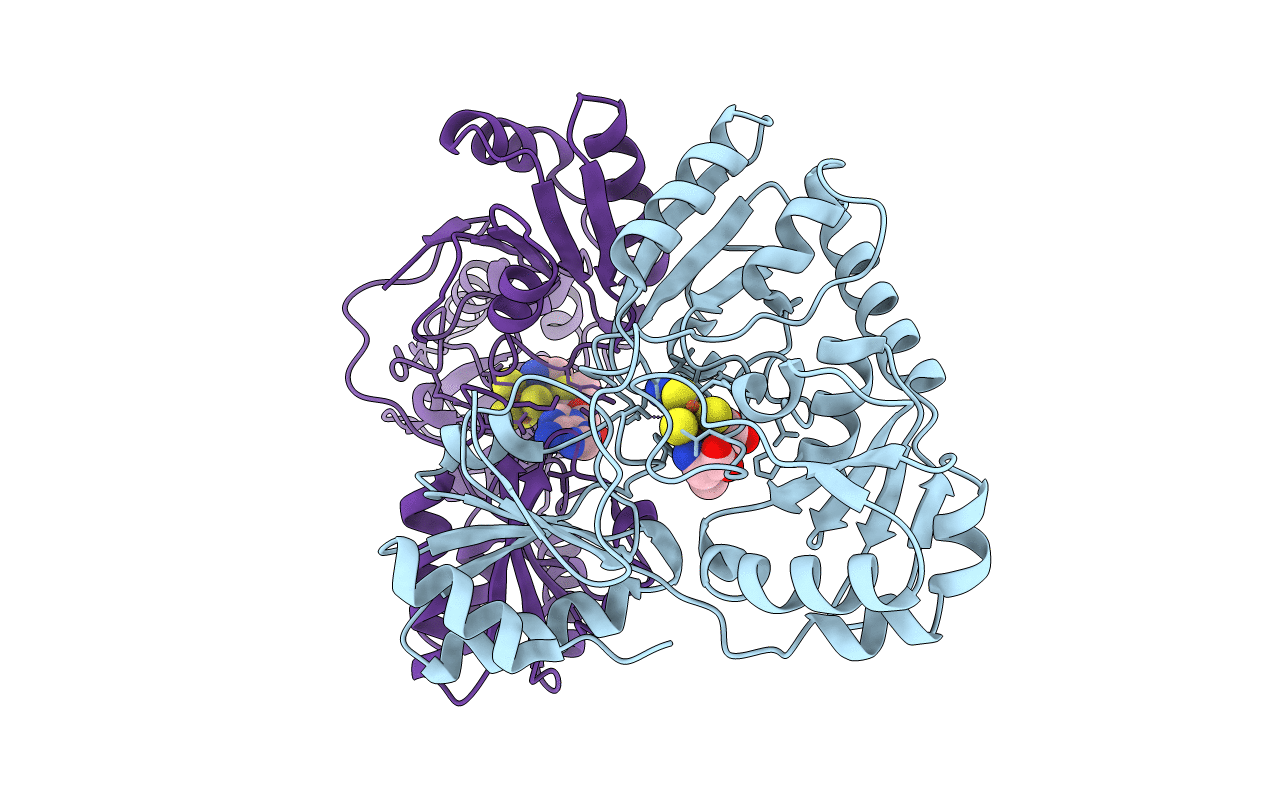
Deposition Date
2017-12-18
Release Date
2018-04-11
Last Version Date
2023-10-04
Entry Detail
PDB ID:
6BXL
Keywords:
Title:
Crystal structure of Pyrococcus horikoshii Dph2 with 4Fe-4S cluster and SAM
Biological Source:
Source Organism:
Host Organism:
Method Details:
Experimental Method:
Resolution:
2.30 Å
R-Value Free:
0.24
R-Value Work:
0.18
R-Value Observed:
0.19
Space Group:
P 21 21 21


